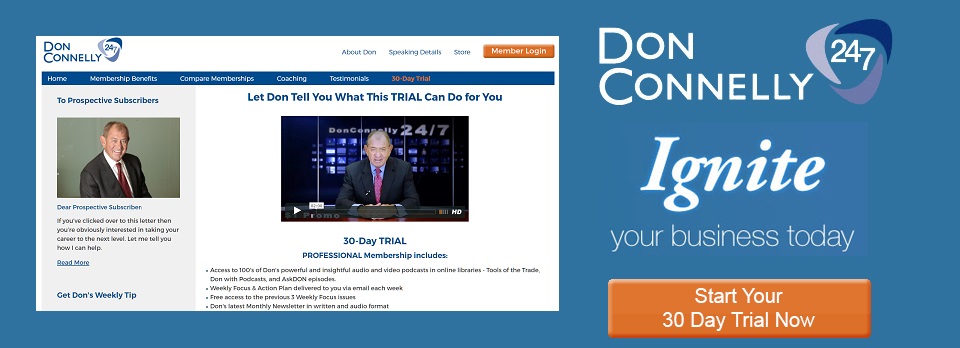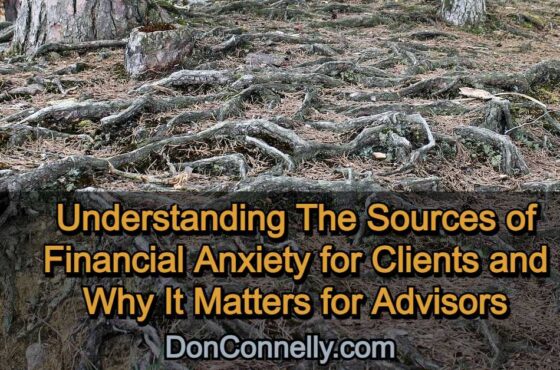7 Ways to Manage Client Expectations
 Managing client expectations is crucial in order to keep your clients invested in you and with their financial plan. Here are a few ways to make sure you deliver on your clients’ expectations both in terms of investment performance and your level of service.
Managing client expectations is crucial in order to keep your clients invested in you and with their financial plan. Here are a few ways to make sure you deliver on your clients’ expectations both in terms of investment performance and your level of service.
1. Don’t overpromise
Overpromising is the biggest mistake you can make when it comes to managing client expectations. In general, your clients don’t want you to get them on the rich list – they simply want you to protect their assets against inflation, get the kids through college or help them to retire in comfort.
Agree at the outset what their long-term goals are so you are both on the same page. In the same way it pays to let your clients know what they can expect from you as an advisor: You can’t and won’t be right all the time and no one should expect you to be. Be upfront about the fact you’re not perfect – you will make mistakes from time to time, but you will always own up to those mistakes and do your best to rectify them.
And remember that what you can promise is this: You will be the most committed advisor there is and you will do whatever it takes to keep them on track to where they want to go.
2. Explain volatility and that it’s a normal part of the investment journey
It’s important to be clear from the outset about market volatility. Set the stage with appropriate analogies. For example, tell clients ‘Like the New England Patriots of the Carolina Panthers, your funds won’t win the Super Bowl every year . But they are always in the mix.”
Manage their expectations by explaining that their investment journey is defined by a time frame that isn’t reflected in weeks, months or years – but in decades. One year of that journey is simply a snapshot, not the finished article. Failing to think long term because of a short-term fall in performance will destroy their well thought out investment plan – and eliminate their hopes and dreams of a comfortable retirement or debt-free future.
3. Build a strong relationship
Build a strong relationship that goes beyond the client/advisor dynamic. People do business with people they like and trust so you need to develop a personal relationship with your clients. A great deal of managing expectations relies on this.
Maintain regular communication and establish yourself early on as a valuable resource. Get to know your clients well, their family situation and where they like to spend time. Understand what makes them tick and translate that into the relationship.
4. Communicate regularly and address problems head on
Lack of communication is usually at the root of all things, and your relationship will suffer if you don’t start being proactive about communication when it comes to both good and bad news.
When you encounter underperformance own it and control your reaction. Clients will follow where you lead and they will put the focus where you do, putting poor performance into perspective.
5. Listen and learn
Clients may be unsure of what they want to achieve or they may not articulate it properly so develop excellent listening skills so you can identify their messages. Ask relevant questions to help you understand both your clients’ conscious and unconscious beliefs and expectations. Make sure you’re clear on what they want by asking them to confirm what you’ve learned from your conversations with them. If there’s a discrepancy, it might undermine their expectations in the future.
6. Be transparent
Be honest about fees and set a clear understanding of the budget required to pursue your clients’ investment goals. Have regular discussions about this – don’t leave it for when there’s an issue.
Put yourself in your client’s shoes and ask yourself how you would like to be treated. What do you appreciate in terms of service and how do you feel when someone doesn’t meet your expectations? Be nice, honest and patient.
7. Identify when a client’s expectations aren’t feasible
Sometimes a client’s expectations may not be feasible. They can’t expect you to report back to them every day – and try as you might, you may not always be able to return their call right away. Let them know they are a valued client but that you have to set appropriate boundaries around your service offering. Promise them you will always do your best. Only promise what you can deliver, then there will be no place for dissatisfaction later on.
How well you manage expectations depends on your skills when it comes to communication. So listen, be proactive and address issues directly and you will keep client expectations in check and grow the relationship over time. Be transparent about what you say you will do and do it, and don’t be unclear on fees and commissions. Always be on the lookout for new ways to communicate with clients to keep abreast of and influence their expectations.
Set clear parameters around what clients can expect from you in terms of service. Remind clients of the variable nature of investment markets and highlight the fact that a long-term strategy is always beneficial. If you do this, you’ve done all you can to manage your client expectations – and you can rest assured you’ve also done your best to act in their best interest.




